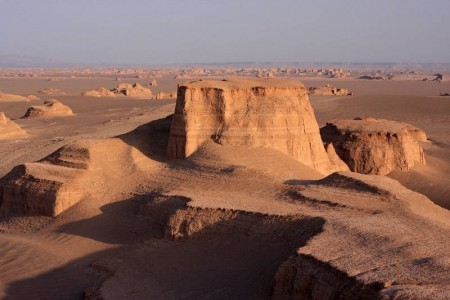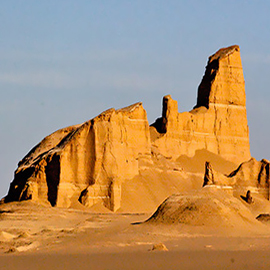
Lut Desert
| Nature 2020-04-12 14:14:58
The hottest, driest, and most scenic desert on earth.
The Lut Desert, also known as Dasht-e Lut, is an extreme landscape in more ways than one. The hyper-arid desert is one of the hottest and driest places on the planet. Those who brave a visit will soon discover the beautifully strange scenery that make this place one of a kind.
Iran’s Lut Desert is often called the hottest place on Earth—though that depends on how you’re defining “hottest.” To be precise, the Lut holds the record for having the Earth’s hottest surface temperature, which can climb as high as 159 degrees Fahrenheit (70 degrees Celsius).
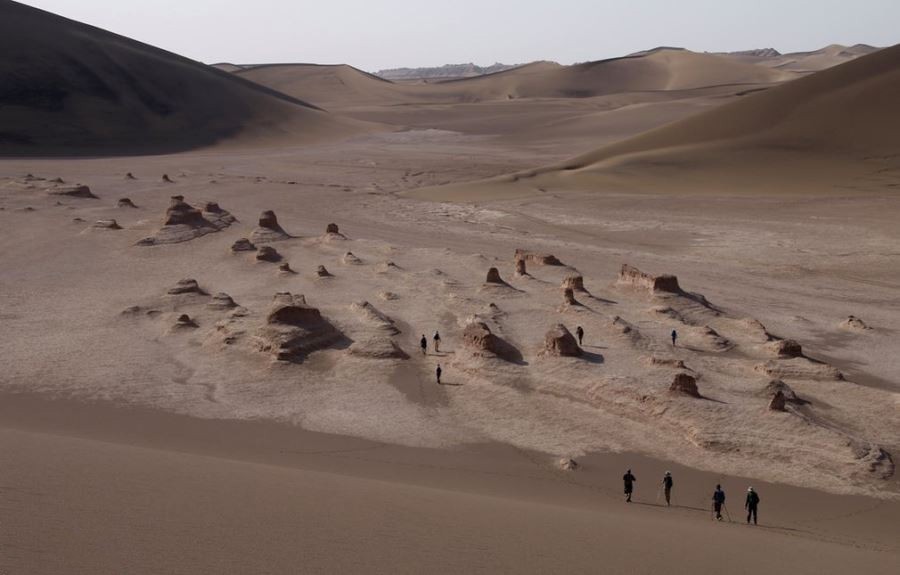
In any case, this scorching superlative is not the only thing that makes this region unique. The desert is speckled with gigantic rock formations, some of the tallest sand dunes in the world, salt plains, sinkholes, forgotten castles, and friendly wolves that roam around at night.
Camp outside under the stars and you will feel tiny between the surreal rock formations. Visitors, of course, are advised not to explore Lut Desert in the summer; however beware that in winter and spring the nighttime temperatures drop below zero.
Lut is the Arabic name for the Prophet Lot. This is the same Lot of the Old Testament, and the Qu’ran, related to be the messenger sent by God to Sodom and Gomorrah. also In Persian language “Lut” refers to bare land without water and devoid of vegetation.
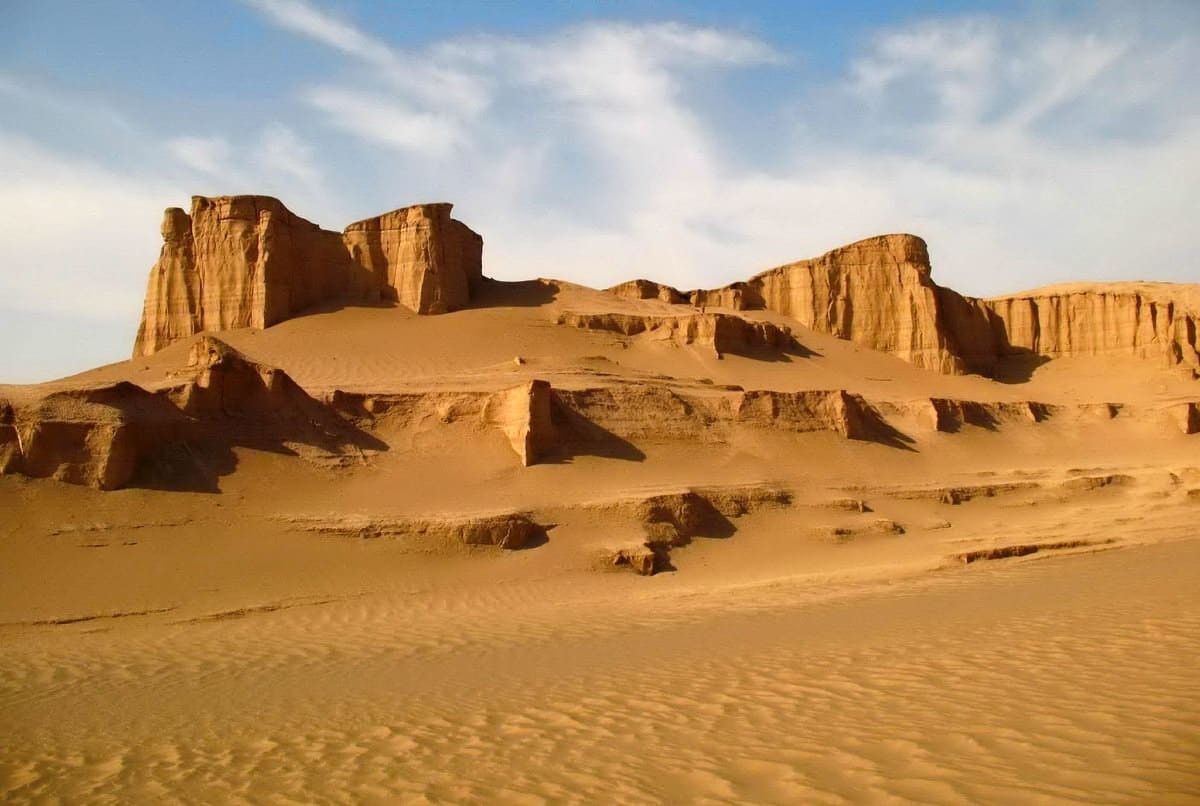
This scorching superlative is not the only thing that makes this region unique. The desert is speckled with gigantic rock formations, some of the tallest sand dunes in the world, salt plains, sinkholes, forgotten castles, and friendly wolves that roam around at night. Camp outside under the stars and you will feel tiny between the surreal rock formations. Visitors, of course, are advised not to explore Lut Desert in the summer; however, beware that in winter and spring the nighttime temperatures drop below zero.
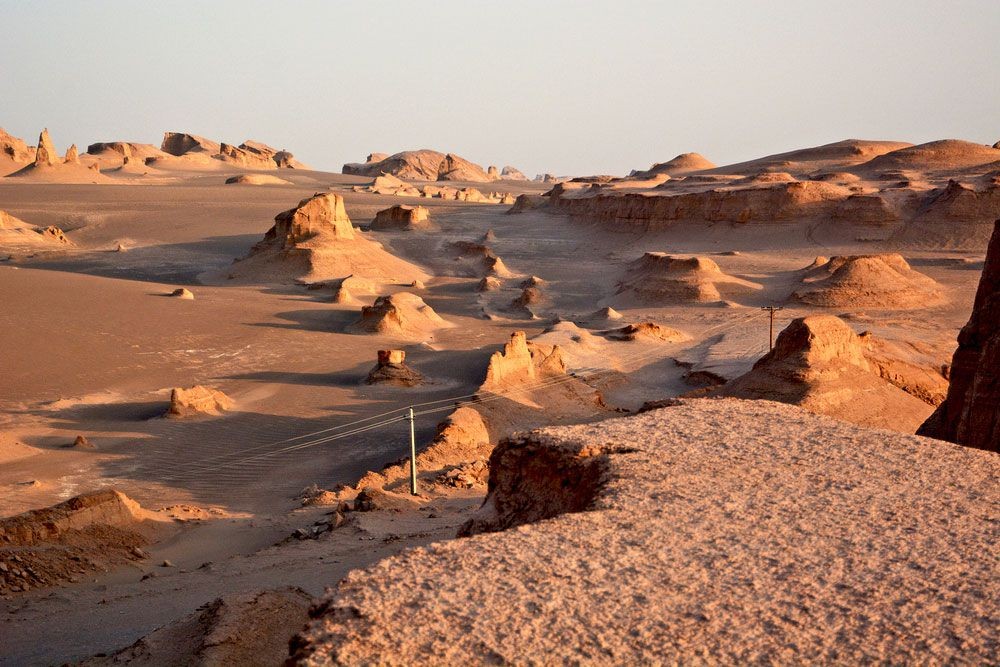
The Kaluts or Yardangs are known as an unbeatable Natural Phenomenon of the Lut Desert. In fact, the Shahdad region, where holds the stunning and beautiful Kaluts, is the only Iran UNESCO natural world heritage site. Kaluts are bedrock features carved and streamlined by the dual action of wind abrasion of dust and sand, and the deflation which is the removal of loose material by wind turbulence. The most important wind that eliminates the walls of the Kaluts is, the 120-day Wind of Sistan. The Kaluts region is located 43 km from Shahdad and has an average width of 80 km and an average length of 145 km. It’s interesting to know that the Kaluts region is known as a world’s largest cloddish town due to the appearance of the region. This landscape is titled as the imaginary city due to the shape of its Kaluts.
